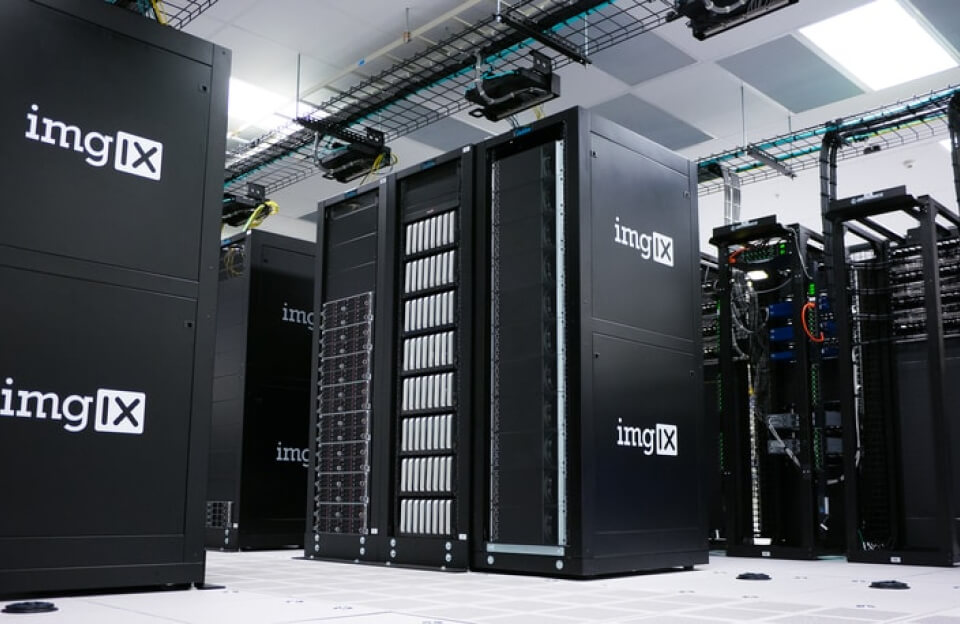A Lesson From the Henrietta Lacks Story: Science Needs Your Cells
Introduction
The story of Henrietta Lacks is one of profound scientific importance and ethical challenge. In the early 1950s, Henrietta Lacks, a young African-American woman, underwent treatment for cervical cancer at Johns Hopkins Hospital. Without her knowledge or consent, doctors took samples of her tumor. These cells, later called HeLa cells, became the first “immortal” human cell line and have revolutionized biomedical research.
Scientific Impact of HeLa Cells
Breakthrough Contributions
- Polio Vaccine: HeLa cells enabled rapid testing, production, and distribution of the polio vaccine, accelerating the eradication effort.
- Cancer Research: They remain a fundamental tool for understanding cancer, allowing scientists to study cell division, mutation, and treatment strategies.
- HPV Vaccine Development: Research using HeLa cells uncovered links between HPV and cervical cancer, which led to the creation of life-saving HPV vaccines.
- Genome Mapping: HeLa cells helped develop early gene-mapping technologies and were involved in the preliminary steps toward the Human Genome Project.
- Drug Testing and Virology: Scientists have used HeLa cells to test various drugs and study viruses like HIV, Zika, and measles, leading to countless advances.
Unique Properties
HeLa cells are “immortal,” meaning they can divide indefinitely in laboratory conditions, unlike ordinary human cells, which die after several divisions. This made them an invaluable, renewable resource for experimentation.
Ethical Lessons and Controversies
Issues at the Heart of the Story
- Lack of Informed Consent: Henrietta Lacks’s cells were removed and utilized without her or her family’s consent—a standard practice in the 1950s but now widely recognized as ethically unacceptable.
- Lack of Compensation and Recognition: Despite the huge commercial and scientific value generated by HeLa cells, neither Lacks nor her family received financial benefit. Her family only learned of the widespread use of her cells many years later.
- Calls for Justice and Equity: The case highlights issues of race, poverty, and medical ethics. It exemplifies how marginalized communities have historically been exploited for scientific progress without respect or reward.


